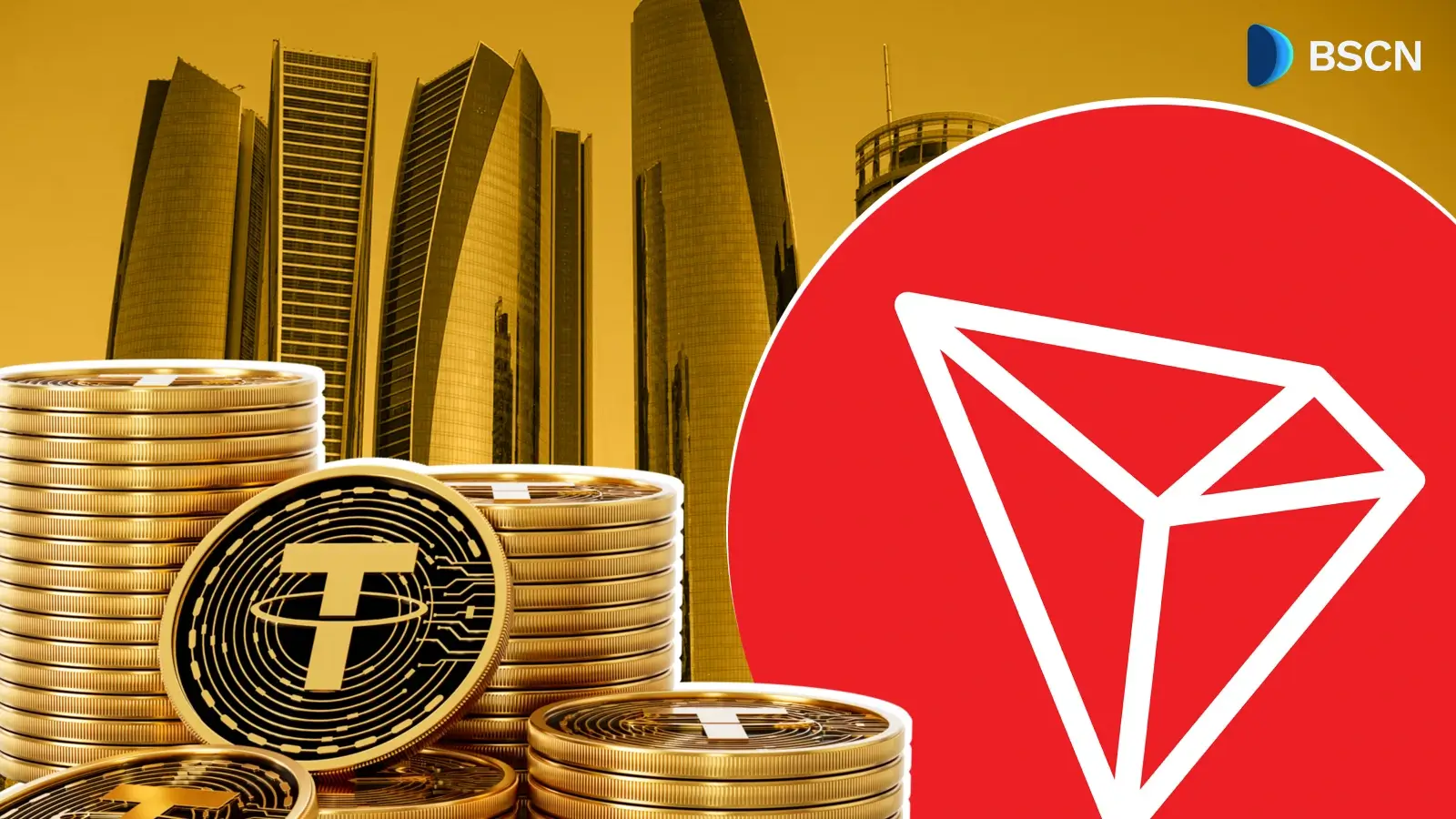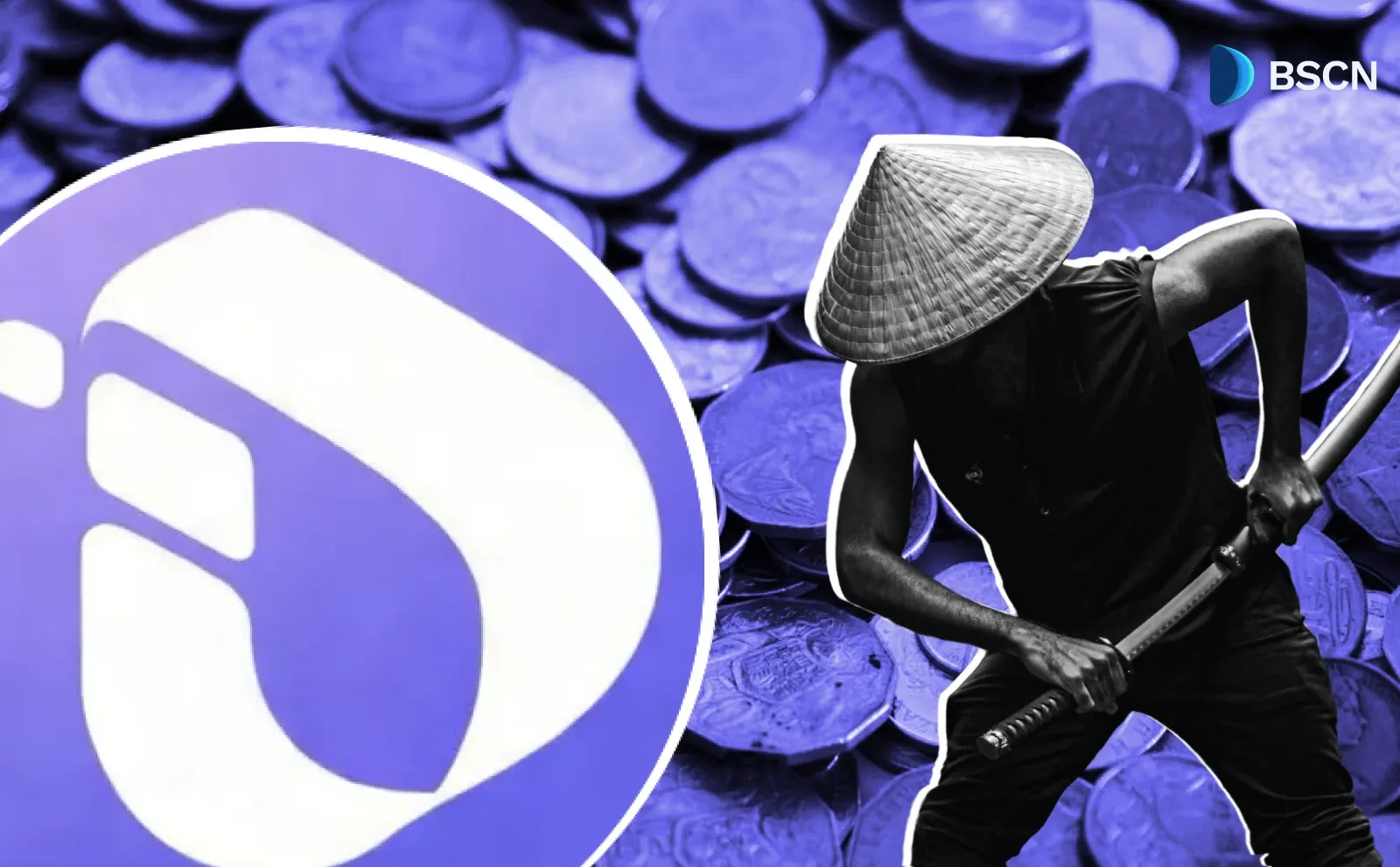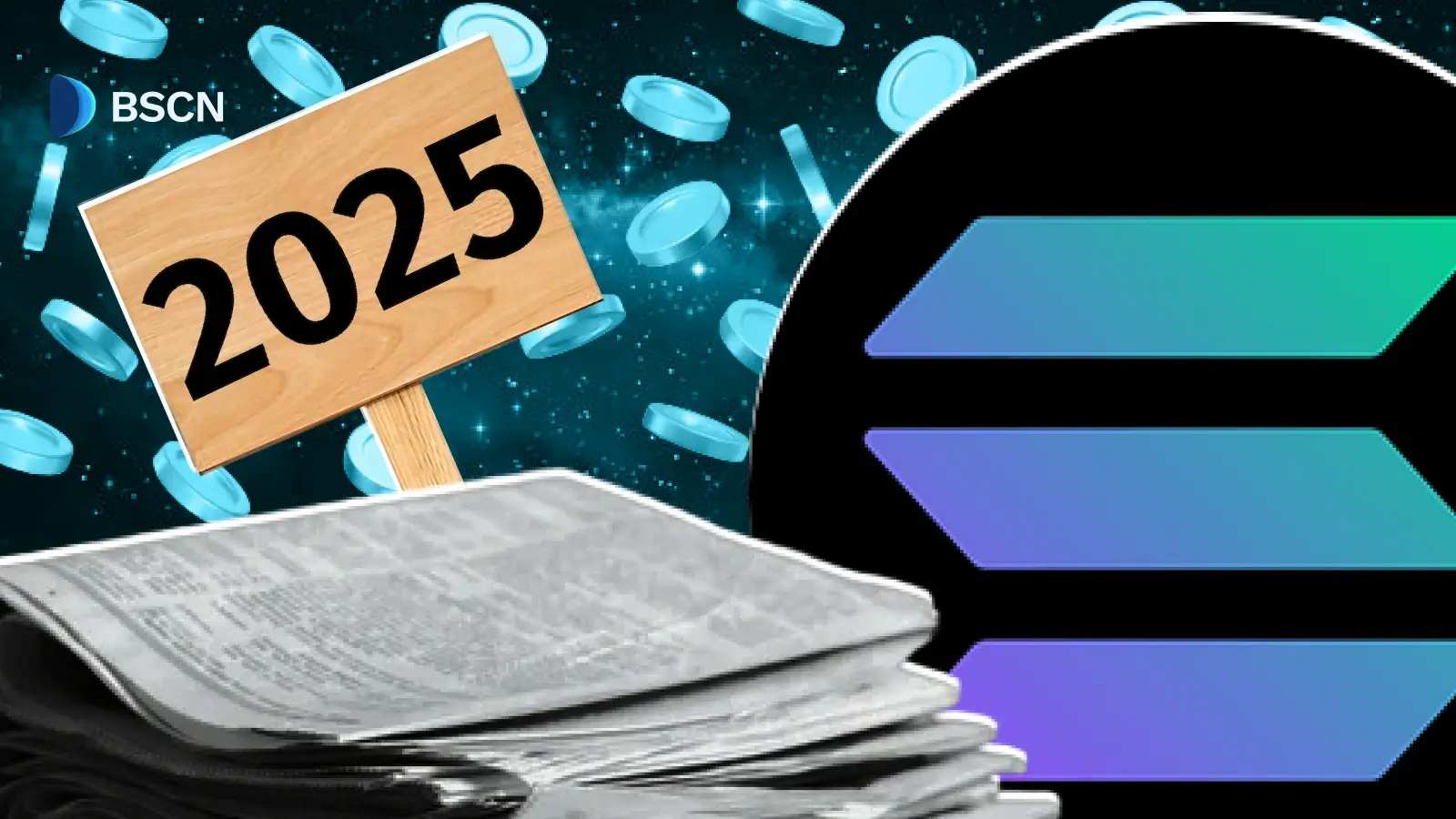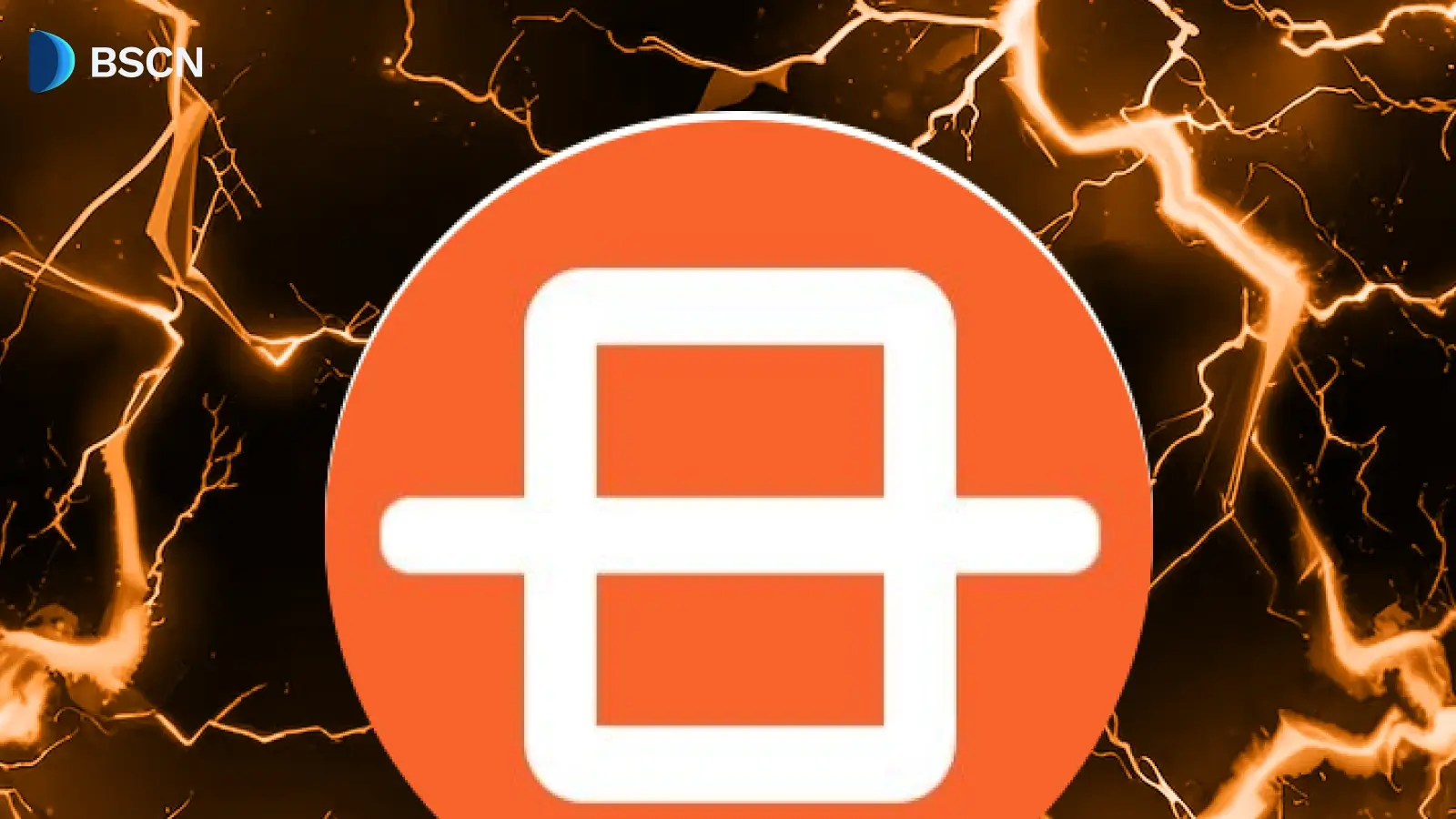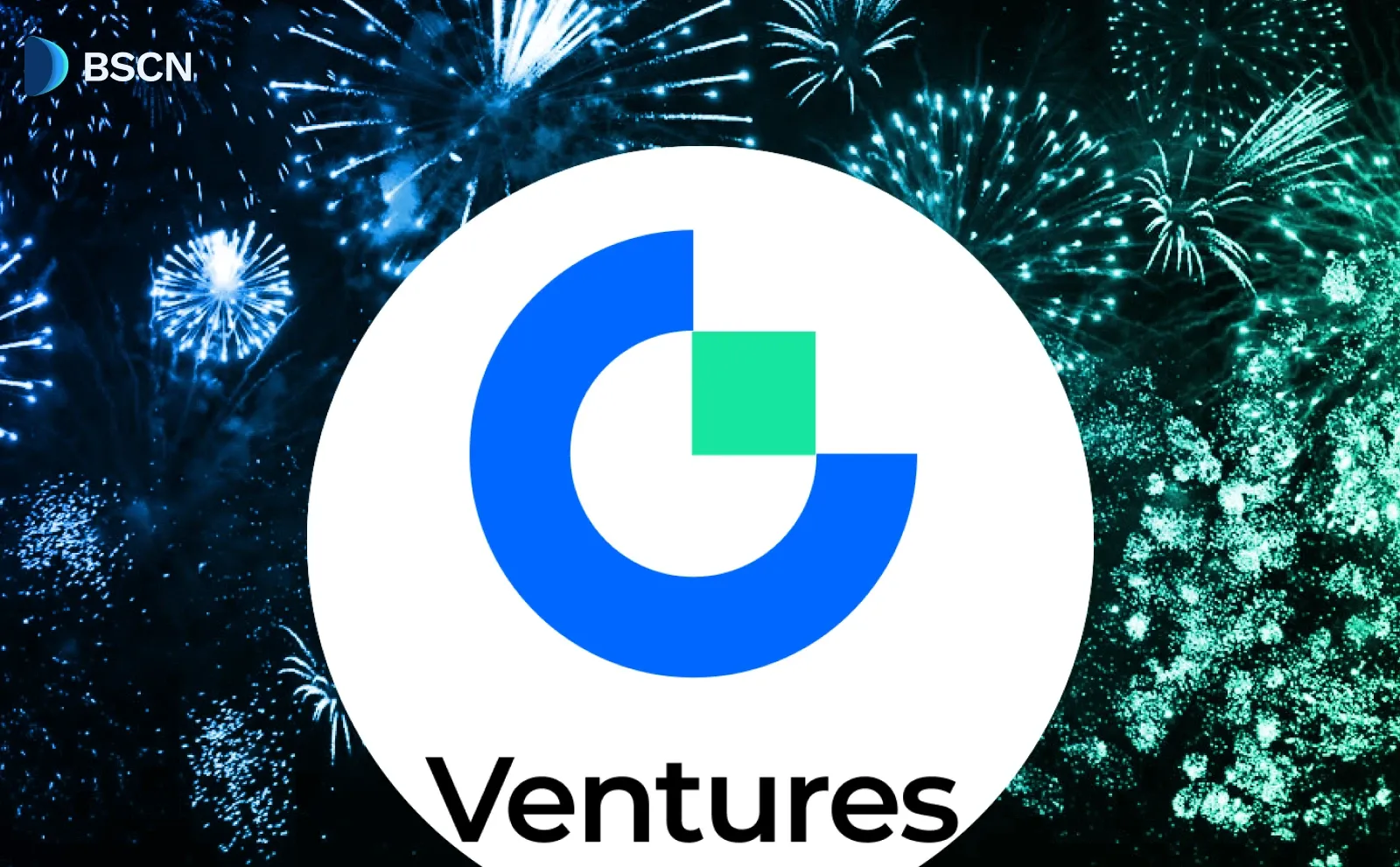Deepdive
(Advertisement)
Exploring Arichain’s Multi-VM Blueprint: A New Path for Blockchain?

Arichain introduces a multi-VM blockchain design, combining EVM and SVM to improve interoperability, scalability, and developer flexibility.
Miracle Nwokwu
September 10, 2025
(Advertisement)
Table of Contents
Arichain, a Layer 1 blockchain, is drawing attention for its unique approach to tackling the growing divide within the Web3 ecosystem. Unlike traditional blockchains that rely on a single virtual machine (VM), Arichain integrates multiple VMs—such as the Ethereum Virtual Machine (EVM) and Solana Virtual Machine (SVM)—into a single chain. This design promises to bridge diverse ecosystems without the usual hurdles of external bridges or fragmented networks. Released in June, the Multi-VM Docs for Testnet V2 offer a glimpse into its ambitions, while ongoing development hints at a project still finding its footing.
This article provides a detailed look at its structure, vision, and potential use cases.
A New Vision for Blockchain Unity
Arichain sets out to redefine how developers and users interact with blockchain technology. The project’s core idea is simple yet bold: one chain can support multiple execution environments. This means developers can tap into Ethereum’s robust smart contract tools or Solana’s high-speed transactions without leaving the network. Users benefit from a unified account identity, known as GAID, which lets them manage assets and interactions across VMs with a single private key.
The vision extends beyond convenience. Arichain aims to enhance composability, allowing applications to work together seamlessly across ecosystems. It also seeks to improve scalability by running VMs in parallel, each with its own state environment. Security remains centralized under a shared consensus layer, reducing reliance on external connections that can introduce vulnerabilities. This “one chain, many dimensions” philosophy could reshape how blockchains handle diverse workloads, from decentralized finance to enterprise solutions.
Arichain’s Unique Architecture
At its heart, Arichain blends monolithic and modular blockchain designs. Monolithic chains like Bitcoin bundle consensus, data, and execution into one system, offering simplicity but struggling with scale. Modular chains, such as Polkadot, split these functions to boost flexibility, though they often face interoperability challenges. Arichain carves a middle path. It uses a single consensus protocol, X-BFT, to secure all VMs while letting each operate independently. This setup maintains a unified global state, ensuring all transactions sync across the network.
The technical structure relies on parallel execution. Each VM handles its own runtime and transaction logic, optimized for specific tasks. For instance, EVM supports complex smart contracts, while SVM powers high-throughput applications. Intelligent dependency management ensures these processes run smoothly without conflicts. The architecture also supports atomic cross-VM transactions, meaning operations either complete fully or roll back, preserving consistency. This design could appeal to developers building cross-ecosystem apps, offering a platform that balances performance and reliability.
Diving Into the Technical Framework
Arichain’s technical overview reveals a layered system built for extensibility. The X-BFT consensus mechanism drives the network, combining speed and fault tolerance. Validators play a key role, staking the native $ARI token to secure the chain and process blocks. The system allows delegated staking, where users can entrust their tokens to validators and earn a share of rewards. While specifics on validator incentives remain under development, the plan includes base rewards for participation and performance multipliers for handling multiple VMs efficiently.
Transaction fees present an interesting twist. Each VM may accept its own native tokens, but final settlements are processed in $ARI. This gas abstraction, still in planning, aims to simplify cost management across the network. Governance also ties into $ARI, giving holders a say in decisions like adding new VMs or adjusting fee structures. The documentation suggests a dynamic economy, with slashing penalties for misconduct such as double-signing or excessive finality delays. These details, though subject to change, outline a system designed to adapt as the project evolves.
Potential Use Cases and Developer Opportunities
Arichain’s multi-VM design opens doors for a range of applications. In decentralized finance (DeFi), developers can combine Ethereum’s mature protocols with Solana’s rapid transaction speeds, ideal for high-frequency trading. Enterprise solutions benefit too, running complex logic on EVM while handling large transaction volumes on SVM. Cross-chain applications, a growing need in Web3, find a natural home here, as the unified infrastructure eliminates the need for external bridges.
Developers gain a unified toolkit. They can write code for EVM using familiar Ethereum tools or optimize for SVM’s performance model, all within one chain. The single wallet experience simplifies user onboarding, while native asset interoperability reduces the risks tied to bridge hacks. Testnet V2, currently in development, invites developers to experiment with these features, offering a sandbox to explore Arichain’s potential.
The Road Ahead: Testnet V2 and Beyond
The release of the Multi-VM Docs in June marked a milestone for Arichain. Testnet V2, now under construction, builds on this foundation, integrating the multi-VM technology showcased in early demos. Social media updates from the project’s team highlight ongoing progress, with Ariwallet mining continuing to engage the community. These efforts suggest a focus on refining the network before a mainnet launch, though no firm timeline has been shared.
The project’s token economics remain a work in progress. $ARI’s role as a staking and governance asset is clear, but details on distribution and final incentives await further disclosure. The community is actively participating, with mining activities fostering early adoption. As development advances, these elements will likely come into sharper focus.
What This Means for the Future
Arichain presents a compelling experiment in blockchain design. Its multi-VM architecture addresses real challenges—fragmentation, scalability, and interoperability—while offering a platform that could support diverse applications. Developers seeking to build across ecosystems will find the unified state and cross-VM transactions particularly useful. Users, meanwhile, may appreciate the streamlined experience of a single wallet.
The project is still young. Testnet V2’s success will be a critical test, showing whether the technical promises hold up under real-world conditions. With its focus on modularity and security, Arichain could carve out a niche in the crowded Layer 1 space. For now, it stands as a thoughtful attempt to rethink blockchain’s foundations, inviting the community to watch and participate as it grows.
Sources:
- Arichain Multi-VM Documentation - https://arichain.gitbook.io/arichain
- What is Solana Virtual Machine (Coingecko) - https://www.coingecko.com/learn/what-is-the-solana-virtual-machine-svm
Read Next...
Frequently Asked Questions
What is Arichain’s multi-VM blockchain?
Arichain’s multi-VM blockchain integrates multiple virtual machines, like EVM and SVM, into one Layer 1 chain, enabling interoperability, scalability, and developer flexibility with a unified account identity (GAID).
How does Arichain improve blockchain interoperability?
Arichain allows seamless interaction between Ethereum and Solana ecosystems by running EVM and SVM in parallel, eliminating external bridges and enabling atomic cross-VM transactions for consistent operations.
What is the role of the $ARI token in Arichain?
The $ARI token is used for staking, governance, and transaction fee settlements. Validators stake $ARI to secure the network, while holders vote on decisions like adding VMs or adjusting fees.
Disclaimer
Disclaimer: The views expressed in this article do not necessarily represent the views of BSCN. The information provided in this article is for educational and entertainment purposes only and should not be construed as investment advice, or advice of any kind. BSCN assumes no responsibility for any investment decisions made based on the information provided in this article. If you believe that the article should be amended, please reach out to the BSCN team by emailing [email protected].
Author
 Miracle Nwokwu
Miracle NwokwuMiracle holds undergraduate degrees in French and Marketing Analytics and has been researching cryptocurrency and blockchain technology since 2016. He specializes in technical analysis and on-chain analytics, and has taught formal technical analysis courses. His written work has been featured across multiple crypto publications including The Capital, CryptoTVPlus, and Bitville, in addition to BSCN.
(Advertisement)
Latest News
(Advertisement)
Crypto Project & Token Reviews
Project & Token Reviews
Comprehensive reviews of crypto's most interesting projects and assets
Learn about the hottest projects & tokens






